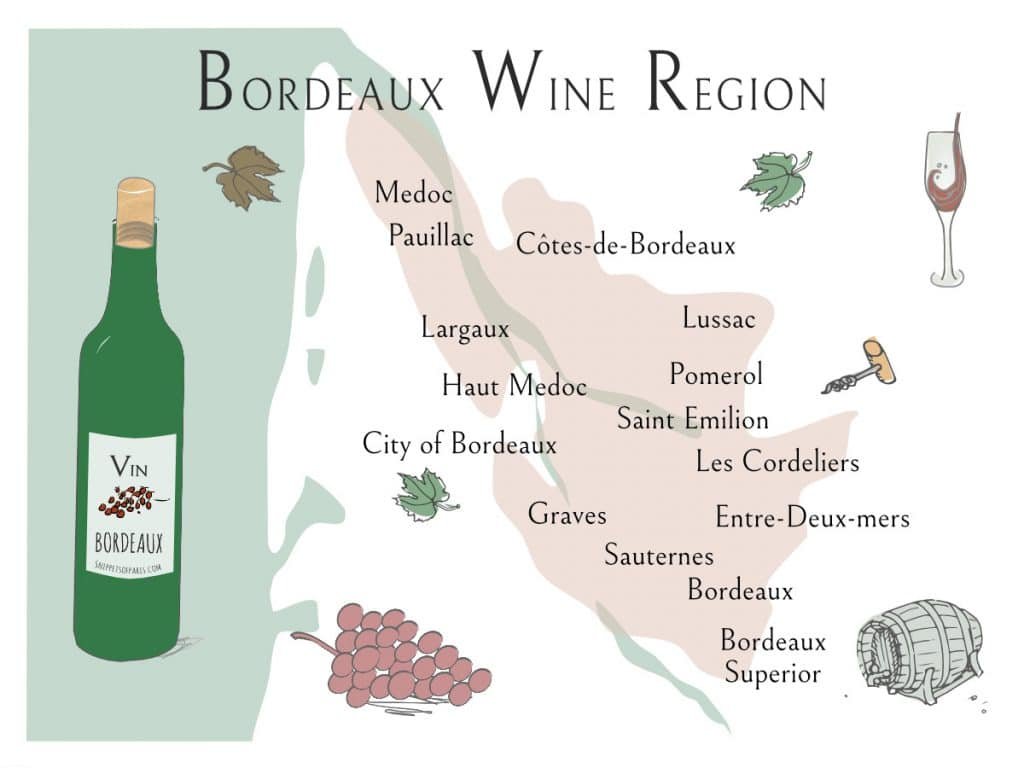The concept of terroir is deeply rooted in the world of wine. It refers to the unique combination of environmental factors that influence the characteristics of a wine, including the soil, climate, and topography of the vineyard. But can terroir also be felt in the atmosphere of a winery? Can the intangible elements of a place, such as its history, traditions, and the energy of the people working there, contribute to the expression of terroir in a wine? In this article, we will explore this fascinating question and delve into the importance of the winery atmosphere in the overall sensory experience of wine.
The winery atmosphere is a complex interplay of physical, emotional, and sensory elements. It encompasses everything from the smell of oak barrels and fermenting grapes to the ambiance created by the winemaker and the staff. Just like in a vineyard, the unique characteristics of a winery can have a profound impact on the final product. Let’s delve further into this topic by examining the different aspects of the winery atmosphere and their potential influence on the expression of terroir in a wine.
The physical environment
The physical environment of a winery includes its architecture, design, and layout. These elements can serve to enhance or mask the expression of terroir. For example, a winery built with local materials, and designed to blend seamlessly with its surroundings, can help create a sense of unity between the wine and its terroir. On the other hand, a winery that is overly modern or impersonal may detract from the connection to the land. The physical environment also includes the winemaking facilities themselves, which can vary greatly in terms of size, technology, and equipment. These factors can influence the winemaker’s ability to preserve the unique characteristics of the grapes and reflect the terroir in the final product.
In addition to the physical attributes of a winery, the emotional and sensory elements also play a crucial role in shaping the overall atmosphere. These intangible aspects can have a profound impact on the experience of both the winemaker and the visitor. Let’s explore these elements further.
The energy of the people
The energy of the people working in a winery can greatly influence the expression of terroir in the wines. Just as each individual has their own unique energy, so does a winery. The passion, dedication, and expertise of the winemaker and the staff can imbue the wines with a certain vibrancy and character that reflects the terroir. The positive energy and enthusiasm of the people involved in the winemaking process can be felt in every sip. On the other hand, a lack of passion or a disconnection from the land can result in wines that lack depth and authenticity. This is why it is essential for winemakers to be deeply connected to their vineyards and to cultivate a harmonious relationship with the land.
The traditions and history
The traditions and history of a winery can also contribute to the expression of terroir in the wines. Winemaking is steeped in tradition, and many wineries have a rich history that spans generations. These traditions and the accumulated knowledge and experience passed down through the years can shape the winemaking process and help preserve the unique characteristics of the terroir. Furthermore, wineries that have a strong sense of history and a connection to the land are often more likely to employ traditional winemaking techniques, such as natural fermentation or aging in oak barrels. These methods can further enhance the expression of terroir in the wines and create a deeper connection to the place.
The sensory experience
The sensory experience of visiting a winery can also contribute to the perception of terroir. The sights, sounds, smells, and tastes experienced during a winery visit can evoke a sense of place and enhance the connection to the terroir. For example, the aroma of fermenting grapes or the sound of barrels being rolled can transport visitors to the heart of the winemaking process and give them a deeper appreciation for the wines. The tasting experience itself, with its layers of flavors and aromas, can be a direct reflection of the terroir. The atmosphere of the winery, including the lighting, decor, and ambiance, can set the stage for an immersive sensory experience that allows visitors to truly feel the terroir in the wines.
Conclusion
The atmosphere of a winery plays a significant role in the expression of terroir in the wines. From the physical environment and the energy of the people, to the traditions and history, and the sensory experience, every aspect of the winery contributes to the overall character of the wines. When we visit a winery, we are not only tasting the wines but also experiencing the essence of the place. The atmosphere of a winery can evoke a sense of connection to the land, and allow us to truly feel the terroir in every sip. So, the next time you visit a winery, take a moment to immerse yourself in the atmosphere and see if you can feel the terroir in the air.
